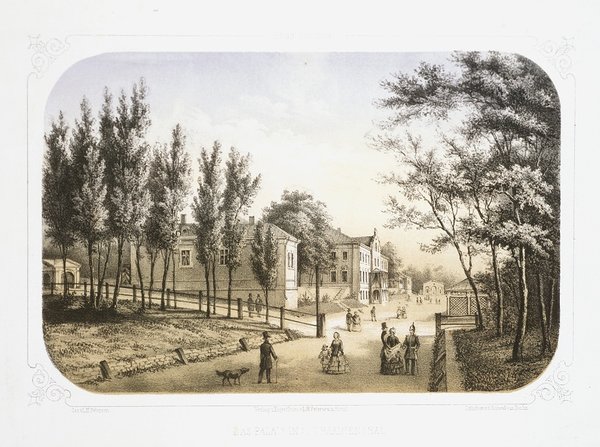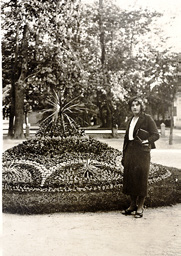The History of Kadriorg
summer residence of the Russian Tsar Peter the Great and covered,
besides the palace and the regular gardens, over 70 hectares of land. The palace and park ensemble was styled Katharinenthal (Russian Екатериненталь) in honour of Peter the Great’s wife Catherine I. This is what the Estonian ‘Kadriorg’, which became the official name of the palace and park in the 1920s, derives from.
Kadriorg has changed a lot over its 300 years. New buildings have sprung up, new trees have been planted, new city blocks have risen and layers upon layers of history piled up. Despite all these changes, the magnificent palace and park with their eventful history remain the heart of Kadriorg and the wellspring of the district’s identity. Kadriorg Park is one of the most beautiful historic parks in the entire Northern Europe. Thanks to the natural characteristics of its location it contains features of Italian, French and Dutch Baroque parks.
The history of the park ensemble dates back to July 22, 1718, when Peter the Great ordered the construction of a new European-style summer palace near Tallinn. The Italian architect Nicola Michetti
oversaw the planning of a three-level Italian park ensemble, with
the Lower Garden in front of the palace located on a lower plateau
and the Upper Garden behind the palace stretching across two levels (one featuring a flower garden with parterres, and the other containing the Mirage Pond). At the heart of the gardens lay the two-wing palace, its elegant and graceful main façade facing the Lower Garden, and the more intimate back façade overlooking the Upper Garden. The palace and the formal garden were constructed simultaneously and their designs included Baroque elements from various traditions. The garden, for example, features Italian terraces, Dutch canals, a French-style axially symmetric road network, parterre-flowerbeds, and a Russian-inspired selection of flowers. The area outside the formal garden was also landscaped and all the auxiliary buildings (guardhouse, kitchen, cellar, stables, etc.) were erected there.
The construction of an English landscape park north of the formal garden continued in the 19th century. It was centred around a natural oak grove with a smattering of erratic boulders, terraces and a limestone bank. This landscape and its plant communities have remained virtually unchanged for hundreds of years. At the end of the 19th century, Kadriorg Park was redesigned by the renowned Riga landscape architect Georg Kuphaldt. Showing due consideration to the regular park in the immediate vicinity of the palace, he preserved all the design patterns characteristic of a formal garden. However, he gave free rein to his artistic imagination in the landscape park.
At the beginning of the 19th century, Tallinn was beginning to earn a reputation as a popular resort town, and the seaside Kadriorg district became a go-to place for holidaymakers. Summer villas, swimming lounges, baths, hotels, guest houses and restaurants, all handsomely decorated with wooden carvings and turrets, sprung up in Kadriorg. The wholesome air and sunbaths were well appreciated by the local gentry and city folk as well as St. Petersburg’s elite including the Tsar’s own family and inner circle. Kadriorg’s halcyon years as a summer resort lasted until the 1870s.
In the newly independent Republic of Estonia (1918–1940), taking a cue from the developed countries, park and home culture were appreciated on a national level, and became an expression of national identity and self-awareness. In the 1920s and 1930s, the park was a popular place for townsfolk to go for a stroll or spend a leisurely afternoon. The turning point for Kadriorg came between 1935 and 1940. The palace was rebuilt to become the residence of Konstantin Päts, the Head of State. The administrative building of the Office of the President was built in the vicinity. The historic Baroque Upper Garden was redesigned.
Like the rest of the urban area, Kadriorg Park was affected by the
Second World War. Several buildings and trees were damaged during the battles (shell fragments have been found in tree trunks). The park remained ravaged and unkempt for years.
With the restoration of the independence of Estonia in 1991,
extensive renovation works were also launched at Kadriorg Palace
and Park. It was an auspicious moment to restore the entire
Baroque ensemble in its original shape: the palace, the upper
and lower gardens, the regular park. Today, the Mere and Kaarna
Avenues, the Swan Pond and its surroundings, the palace and the
flower garden, the historic canals, and the Concert Square have
been completely restored. In 2011, a Japanese garden was opened
by the renovated North-East Pond.


